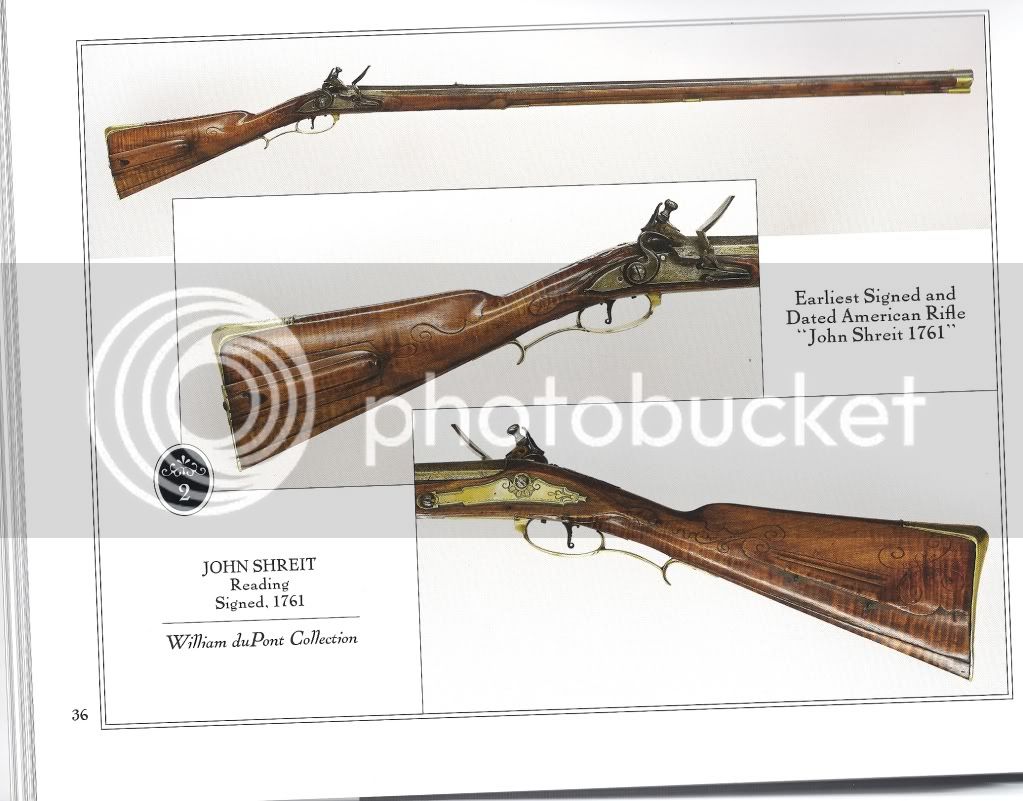CrackStock
69 Cal.
- Joined
- Dec 23, 2004
- Messages
- 3,017
- Reaction score
- 9
Mike,
I like the discussion.
Early and late are hard to figure. What is meant by an early Vincent and an early Dickert would be very different. Late Virginia would be even harder, because a lot of Virginia was carved off.
I think that the idea of some sales people was to get across the idea of the wider butt shapes as generally being of earlier production, but purchasers have accepted these terms as though they are truly titles that have meaning beyond a general concept.
I have always tried to use time line events such F&I period, Pre War of US Independence, during that war or following that war. The people seem to like the Golden Age which is more defined by style changes or enhancements and might be useful.
I wonder why date ranges are not used more often. It could be because many are not certain.
I look forward to further discussion.
CS
I like the discussion.
Early and late are hard to figure. What is meant by an early Vincent and an early Dickert would be very different. Late Virginia would be even harder, because a lot of Virginia was carved off.
I think that the idea of some sales people was to get across the idea of the wider butt shapes as generally being of earlier production, but purchasers have accepted these terms as though they are truly titles that have meaning beyond a general concept.
I have always tried to use time line events such F&I period, Pre War of US Independence, during that war or following that war. The people seem to like the Golden Age which is more defined by style changes or enhancements and might be useful.
I wonder why date ranges are not used more often. It could be because many are not certain.
I look forward to further discussion.
CS






